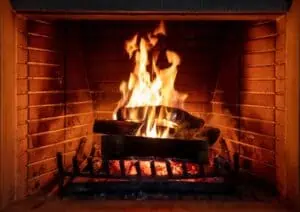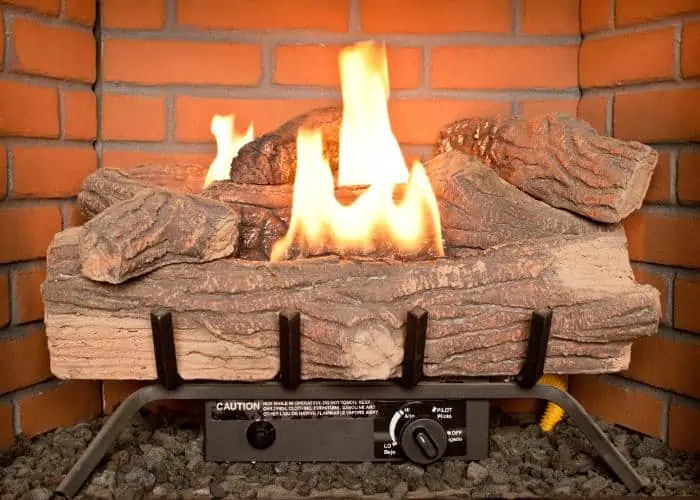How Much Propane Does a Pilot Light Use?
Keeping a pilot light on your fireplace can be expensive, but there are ways to minimize it. If you want to save on propane, you may consider turning the pilot light off. However, it is important to make sure that the quality of your fireplace remains high. If you decide to turn the pilot off, you’ll be able to keep your house warmer in the winter and cooler in the summer.
(Searching in Google “fireplace repair“? Contact us today!)

The average gas fireplace pilot uses about 5 to 12 therms of gas per month. That’s about one cent per hour. The cost is higher if you have an older pilot light. It’s also important to consider the cost of running other propane appliances in your home. Using natural gas is much cheaper than propane. The difference between using natural gas and propane is only a few dollars a month. You can also buy a liner for your fireplace that will help prevent heat loss.
The pilot light is a small flame inside your fireplace that is used to help the main burner run smoothly. It also keeps moisture away from your pipes and prevents spider webs from clogging them. Leaving the pilot light on can be an inconvenience in the summer, especially if you have glass doors. However, the advantages of leaving it on outweigh the cost.
The average gas fireplace pilot uses about 21 ft3 of gas per day. Each term is equal to 100,000 BTUs of energy. This translates to about $4.95 a month in costs. If you leave the pilot on all year, you’ll use about 50 gallons of propane. This is a substantial amount, but it’s not astronomical.
The amount of gas used by your fireplace depends on the size of your fireplace and the strength of the pilot light. If you have a very efficient fireplace, you’ll use less gas. However, if you have a poorly-constructed fireplace, you may need to run it longer. You’ll also need to keep a closer eye on the gas feed to make sure it’s running properly.
If you’re considering a propane fireplace, consider a liner that will reduce the amount of propane used. You’ll also be able to keep your house warmer in winter, which is another benefit of using a pilot light. The cost of using propane is generally about $3 per gallon. You can also get natural gas, which is almost three times cheaper.
It’s also important to know how much gas is wasted when the pilot light is on. Each time you turn it on, it uses about 500 BTUs of gas per hour. The cost per hour is more than you’d pay to run a propane fireplace, which uses about one gallon per hour. If you have a pilot light, you should calculate how much gas you’re using on a daily basis. If you’re using the pilot light for six days, you’ll use about four pounds of propane.
The cost of running a pilot light can vary by month and location. If you’re located in an area with higher crude oil prices, you might pay more for propane than you do for natural gas. It’s important to calculate the cost of running your pilot light in order to decide whether it’s worth it. If you’re unsure, you can contact your local gas service provider for more information. They can identify your pilot ignitor and thermocouple.

